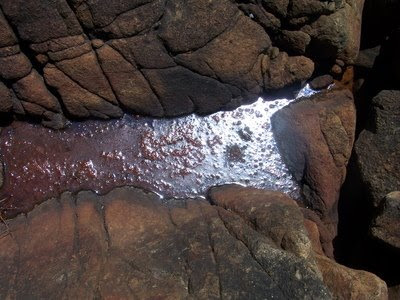
What is a paperless society? Obviously and as the name implies, it means living and working in an environment where paper will hardly be in use whether at home or in offices. To go paperless is the main aim to lessen our demand for raw materials derived from our already depleted forest.
Records show that about 80% of the world's forests have already been overused for different human purposes, fuel, lumber, paper and other wood products man could think of. However, it takes 10 to 20 years before the trees could grow back into maturity and be fit for consumption. What's worst, others tend to be indiscriminate in the use of these trees by not even waiting for the trees to reach full maturity.
If the paperless society will prevail, then our demand for raw materials derived from these forests will lessen. The European Environmental Paper Network berates
1 ton of uncoated and non-recycled office paper uses about 24 trees
1 ton of coated, low grade magazine or catalogue paper uses about 8 trees
1 ton of coated high-grade magazine paper uses about 15 trees
10 reams of copier paper uses about 0.6 tree of a tree or a tree is used to produce about 8,333.33 sheets of copier paper
Ninety-five% of the raw materials used in producing paper come from the cellulose fibers of trees. These fibers are derived from softwood species like spruce, fir and pine and from hardwood species like birch, oak and maple.
Based on EPA's records, only 10% of the paper consumed will be retained to form part of a user's records, like photos, books, magazines and documents while the remaining 90% will all go to wastes. Although some recycle used paper, EPA records still show that recycling is not enough. After considering paper trash that went into recycling, paper wastes still represent one third of the country's garbage.
Hence, the paperless society promotes going paperless through the use of e-mails and e-cards, of online banking and payment of monthly bills, of using payment gateways and online shopping, and storing all our records in electronic devices such as flash drives and memory cards.
Further, technological development has brought improvement in the use of eBooks. Thus, electronic reading will no longer require a PC just to read eBooks. Today, there is the "wireless reading device" which can store as much as 1,500 eBooks and download almost all types of publications from newspapers, to magazines and blogs. In fact, everything will be in real time and covers almost all
This "wireless reading device" runs on rechargeable batteries and a single charge is said to run for about 4 days. Very lightweight at about 10.2 ounces, a reader can bring "wireless reading device" anywhere even to the beach because of its adjustable lighting features and glare reduction capabilities. Driving alone in long distance travels will no longer be as boring because you can use the "talk-to-me" features of this "wireless reading device". You can choose either a male or female voice to read the book to you aloud.
The paperless society doesn't looks so dreary anymore because you will now have your reading pleasure using the "wireless reading device" for your eBooks. Besides, there will be no more shelves with books that gather dust aside from lessening our demand for paper.
There are other features you will find convenient about this "wireless reading device". Check it out at the The GreenAbility.com: A consumer's guide to green products and a good place to learn more.




























